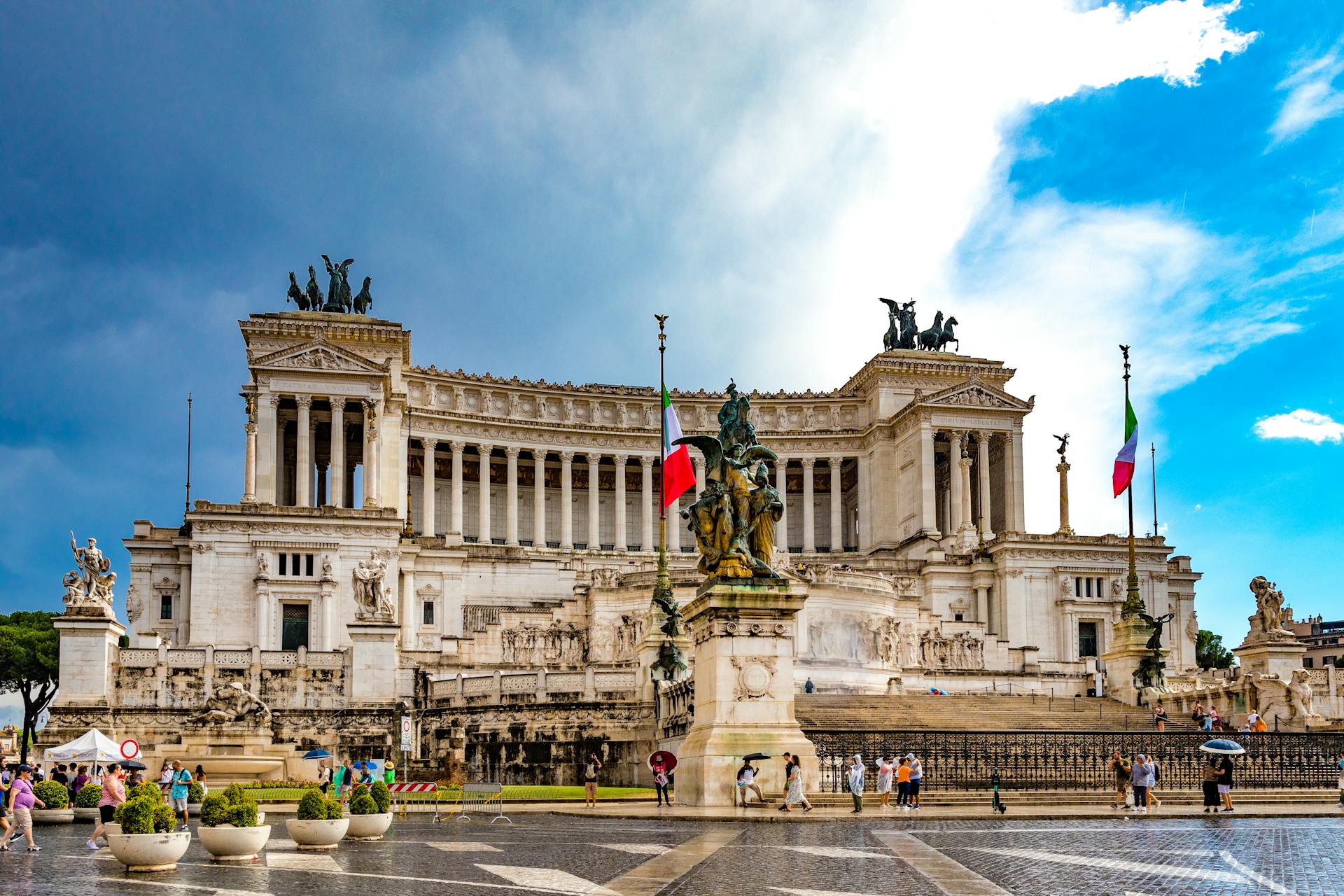Italy’s charm knows no season, with its timeless beauty captivating travelers all year long. Whether you’re wandering the ancient streets of Rome, basking under the Tuscan sun, or skiing down the snowy slopes of the Dolomites, there’s always something magical to experience. But when is the best time to visit this captivating country?
Italy is a destination that shines no matter the time of year. From sun-drenched beaches in the summer to snow-covered mountains in the winter, each season offers its own unique allure. While spring may bring blooming landscapes and vibrant Easter celebrations, summer invites visitors to coastal escapes and lively festivals. Fall, on the other hand, is perfect for cultural explorers and outdoor enthusiasts, and winter provides a quieter, more intimate experience with festive markets and fewer crowds.
The key to planning your perfect Italian getaway lies in understanding what each month has to offer and choosing the right time based on your preferences whether you’re seeking outdoor adventures, cultural festivals, or a peaceful retreat. In this month-by-month guide, we’ll help you discover the best time to visit Italy, tailored to your travel style.
January – February: Winter Wonders
Italy in the winter months is a haven for those who appreciate quieter streets, snow-covered landscapes, and cozy atmospheres. The weather is cold, particularly in northern regions where snow blankets the Alps and Dolomites, making it a prime destination for skiing enthusiasts. In contrast, cities like Rome offer milder temperatures, perfect for exploring ancient ruins without the summer crowds. The famous Venice Carnival, held in February, adds a burst of color and excitement to the winter gloom, with elaborate masks and parades filling the streets. Visitors can also ring in the New Year with spectacular fireworks displays in cities like Rome, Florence, and Naples.
Travel Tip: With fewer tourists and lower accommodation prices, this is an ideal time to visit if you’re looking for a peaceful experience. Bundle up and enjoy the magic of Italy’s winter, especially with a hot cup of Italian chocolate in hand!
March – April: Spring Awakening
As winter fades, Italy bursts to life with blooming flowers and mild temperatures, making spring a beautiful time to visit. Tuscany’s rolling hills come alive with vibrant greenery and blossoms, creating postcard-perfect landscapes. Rome and Florence are ideal destinations during this season, as the weather is pleasant enough to enjoy long days of sightseeing. Easter celebrations in Rome are a cultural highlight, with religious events and processions filling the streets, attracting pilgrims and tourists alike. In smaller towns across the country, traditional spring festivals showcase local customs and foods, adding to the charm.
Travel Tip: Spring’s mild weather is perfect for walking tours and outdoor activities. Be sure to visit the iconic Cinque Terre, where trails are less crowded, offering stunning coastal views in full bloom.
May – June: Early Summer Bliss
As summer approaches, Italy enjoys warm, sunny days without the intense heat of peak summer. This makes May and June the ideal months for those who want to explore without feeling overwhelmed by high temperatures or large crowds. The Amalfi Coast and Sicily offer stunning coastal views, while cities like Venice and Florence showcase their beauty under blue skies. Venice’s Festa della Sensa in May and outdoor music festivals are highlights of the season, celebrating Italy’s rich cultural heritage. Whether you’re lounging by the sea or strolling through historic streets, early summer in Italy is a delightful experience.
Travel Tip: This is the perfect time to explore Italy’s coastline, historical cities, and outdoor attractions before the tourist rush begins. Enjoy leisurely walks through Italy’s ancient towns and soak in the atmosphere before peak season hits.
July – August: Peak Summer & Festivities
Italy in July and August is alive with energy, as locals and tourists alike enjoy the height of summer. However, with temperatures soaring, especially in central and southern regions, it’s best to head to the coast. The Amalfi Coast, Sardinia, and Sicily offer refreshing seaside escapes, while the Dolomites provide cooler mountain retreats. Key cultural events such as the Palio di Siena, a historic horse race in Tuscany, and the famous Opera performances in Verona, attract visitors from all over the world. Ferragosto, the Italian summer holiday celebrated on August 15th, brings festivals, feasts, and fireworks across the country.
Travel Tip: While the heat can be intense in major cities, it’s the perfect time to explore Italy’s beaches and mountains. If you’re planning to visit popular destinations like Rome or Florence, prepare for crowds and book accommodations well in advance.
September – October: Fall Colors and Cultural Events
As summer fades, Italy enters the golden season of autumn, offering warm days and crisp evenings. September and October are ideal for exploring Italy’s countryside, particularly Tuscany and Puglia, where the landscapes are bathed in rich autumn hues. Rome and Florence remain popular, but the crowds begin to thin, allowing for a more relaxed sightseeing experience. Cultural events such as the Venice Film Festival and regional harvest festivals showcase Italy’s artistic and culinary heritage, offering a taste of local life away from the busy summer season.
Travel Tip: This is the best time to enjoy Italy’s cultural events and stunning natural beauty without the intense summer heat. For outdoor enthusiasts, fall offers great opportunities for hiking and enjoying scenic landscapes.
November – December: Winter Magic & Festivities
As winter approaches, Italy transforms into a festive wonderland, especially in northern cities like Milan and Venice. The holiday season brings Christmas markets, sparkling lights, and joyous celebrations across the country. Rome and Florence offer a mix of cultural sights and festive cheer, while southern regions like Sicily provide a milder winter escape. Milan’s St. Ambrose’s Day in December is a highlight, featuring traditional celebrations and a world-famous opera season. New Year’s Eve is celebrated with grand fireworks in cities from Naples to Venice, making December a magical time to visit.
Travel Tip: Winter in Italy is perfect for those who want to experience the country’s festive spirit without the summer crowds. Explore Christmas markets in northern cities or enjoy a warmer winter break in southern regions like Sicily.
Conclusion
Italy’s diverse seasons offer something for every traveler, whether you’re drawn to the blooming beauty of spring, the vibrant summer festivals, or the quiet charm of winter. By understanding the unique offerings of each month, you can plan your trip to suit your personal preferences—whether it’s for sightseeing, cultural events, or a peaceful retreat. No matter when you visit, Italy’s timeless allure is guaranteed to leave a lasting impression.



